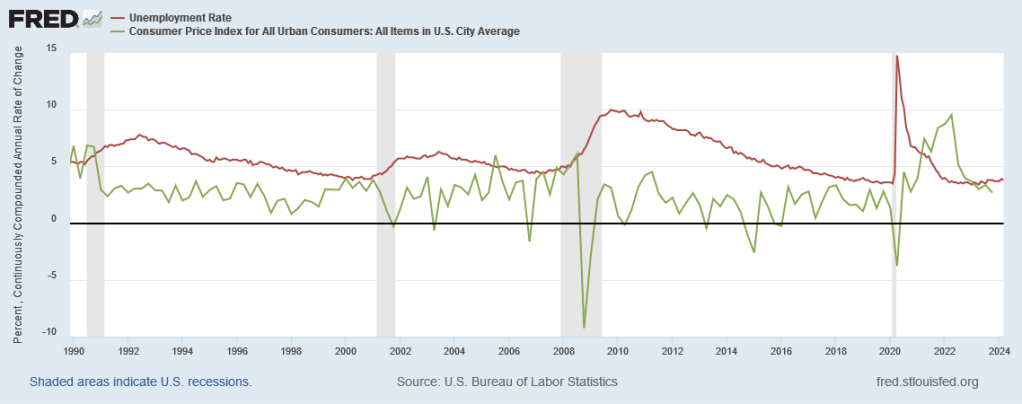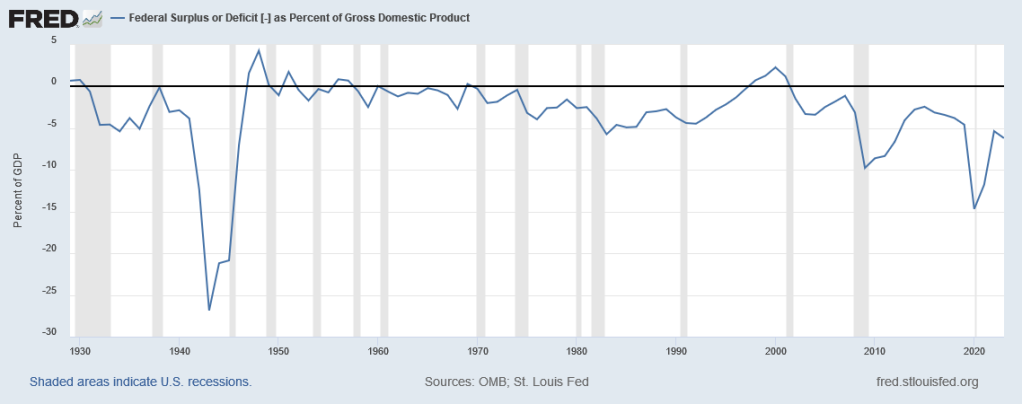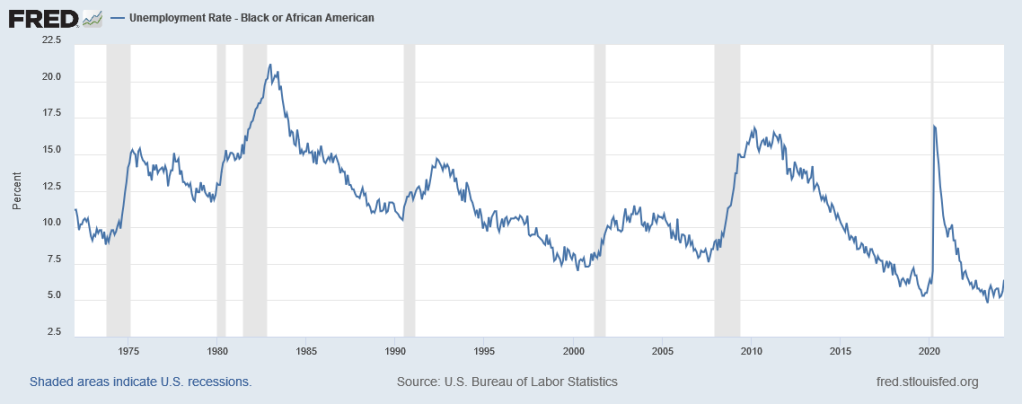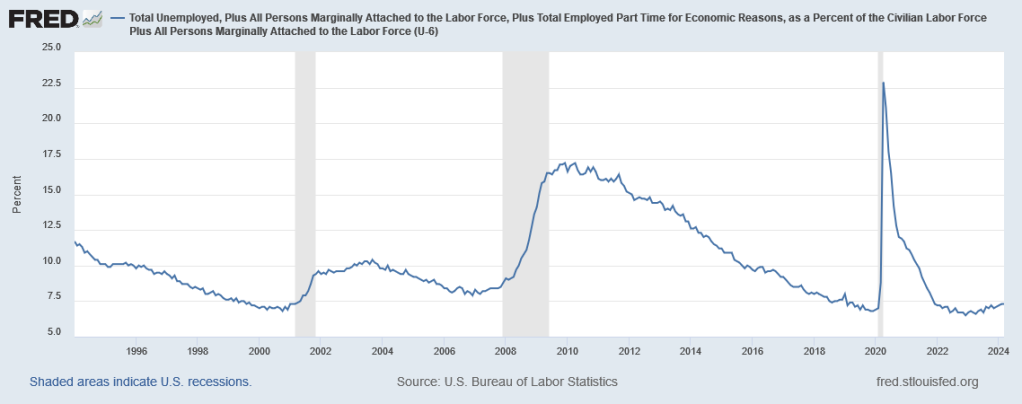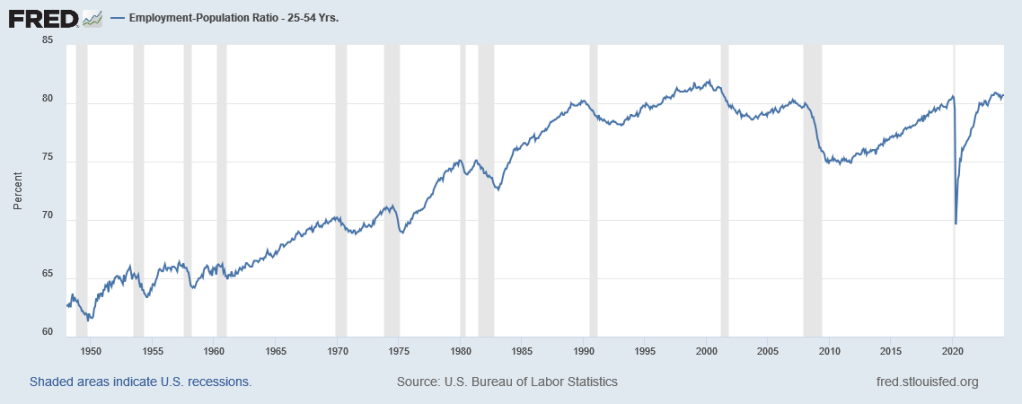Nov 5 JDN 2460254
A review of Four Thousand Weeks by Oliver Burkeman
The central message of Four Thousand Weeks: Time and How to Use It seems so obvious in hindsight it’s difficult to understand why it feels so new and unfamiliar. It’s a much-needed reaction to the obsessive culture of “efficiency” and “productivity” that dominates the self-help genre. Its core message is remarkable simple:
You don’t have time to do everything you want, so stop trying.
I actually think Burkeman understands the problem incorrectly. He argues repeatedly that it is our mortality which makes our lives precious—that it is because we only get four thousand weeks of life that we must use our time well. But this strikes me as just yet more making excuses for the dragon.
Our lives would not be less precious if we lived a thousand years or a million. Indeed, our time would hardly be any less scarce! You still can’t read every book ever written if you live a million years—for every one of those million years, another 500,000 books will be published. You could visit every one of the 10,000 cities in the world, surely; but if you spend a week in each one, by the time you get back to Paris for a second visit, centuries will have passed—I must imagine you’ll have missed quite a bit of change in that time. (And this assumes that our population remains the same—do we really think it would, if humans could live a million years?)
Even a truly immortal being that will live until the end of time needs to decide where to be at 7 PM this Saturday.
Yet Burkeman does grasp—and I fear that too many of us do not—that our time is precious, and when we try to do everything that seems worth doing, we end up failing to prioritize what really matters most.
What do most of us spend most of our lives doing? Whatever our bosses tell us to do. Aside from sleeping, the activity that human beings spend the largest chunk of their lives on is working.
This has made us tremendously, mind-bogglingly productive—our real GDP per capita is four times what it was in just 1950, and about eight times what it was in the 1920s. Projecting back further than that is a bit dicier, but assuming even 1% annual growth, it should be about twenty times what it was at the dawn of the Industrial Revolution. We could surely live better than medieval peasants did by working only a few hours per week; yet in fact on average we work more hours than they did—by some estimates, nearly twice as much. Rather than getting the same wealth for 5% of the work, or twice the wealth for 10%, we chose to get 40 times the wealth for twice the work.
It would be one thing if all this wealth and productivity actually seemed to make us happy. But does it?
Our physical health is excellent: We are tall, we live long lives—we are smarter, even, than people of the not-so-distant past. We have largely conquered disease as the ancients knew it. Even a ‘catastrophic’ global pandemic today kills a smaller share of the population than would die in a typical year from disease in ancient times. Even many of our most common physical ailments, such as obesity, heart disease, and diabetes, are more symptoms of abundance than poverty. Our higher rates of dementia and cancer are largely consequences of living longer lives—most medieval peasants simply didn’t make it long enough to get Alzheimer’s. I wonder sometimes how ancient people dealt with other common ailments such as migraine and sleep apnea; but my guess is that they basically just didn’t—since treatment was impossible, they learned to live with it. Maybe they consoled themselves with whatever placebo treatments the healers of their local culture offered.
Yet our mental health seems to be no better than ever—and depending on how you measure it, may actually be getting worse over time. Some of the measured increase is surely due to more sensitive diagnosis; but some of it may be a genuine increase—especially as a result of the COVID pandemic. I wasn’t able to find any good estimates of rates of depression or anxiety disorders in ancient or medieval times, so I guess I really can’t say whether this is a problem that’s getting worse. But it sure doesn’t seem to be getting better. We clearly have not solved the problem of depression the way we have solved the problem of infectious disease.
Burkeman doesn’t tell us to all quit our jobs and stop working. But he does suggest that if you are particularly unhappy at your current job (as I am), you may want to quit it and begin searching for something else (as I have). He reminds us that we often get stuck in a particular pattern and underestimate the possibilities that may be available to us.
And he has advice for those who want to stay in their current jobs, too: Do less. Don’t take on everything that is asked of you. Don’t work yourself to the bone. The rewards for working harder are far smaller than our society will tell you, and the costs of burning out are far higher. Do the work that is genuinely most important, and let the rest go.
Unlike most self-help books, Four Thousand Weeks offers very little in the way of practical advice. It’s more like a philosophical treatise, exhorting you to adopt a whole new outlook on time and how you use it. But he does offer a little bit of advice, near the end of the book, in “Ten Tools for Embracing Your Finitude” and “Five Questions”.
The ten tools are as follows:
Adopt a ‘fixed volume’ approach to productivity. Limit the number of tasks on your to-do list. Set aside a particular amount of time for productive work, and work only during that time.
I am relatively good at this one; I work only during certain hours on weekdays, and I resist the urge to work other times.
Serialize, serialize, serialize. Do one major project at a time.
I am terrible at this one; I constantly flit between different projects, leaving most of them unfinished indefinitely. But I’m not entirely convinced I’d do better trying to focus on one in particular. I switch projects because I get stalled on the current one, not because I’m anxious about not doing the others. Unless I can find a better way to break those stalls, switching projects still gets more done than staying stuck on the same one.
Decide in advance what to fail at. Prioritize your life and accept that some things will fail.
We all, inevitably, fail to achieve everything we want to. What Burkeman is telling us to do is choose in advance which achievements we will fail at. Ask yourself: How much do you really care about keeping the kitchen clean and the lawn mowed? If you’re doing these things to satisfy other people’s expectations but you don’t truly care about them yourself, maybe you should just accept that people will frown upon you for your messy kitchen and overgrown lawn.
Focus on what you’ve already completed, not just on what’s left to complete. Make a ‘done list’ of tasks you have completed today—even small ones like “brushed teeth” and “made breakfast”—to remind yourself that you do in fact accomplish things.
I may try this one for awhile. It feels a bit hokey to congratulate yourself on making breakfast—but when you are severely depressed, even small tasks like that can in fact feel like an ordeal.
Consolidate your caring. Be generous and kind, but pick your battles.
I’m not very good at this one either. Spending less time on social media has helped; I am no longer bombarded quite so constantly by worthy causes and global crises. Yet I still have a vague sense that I am not doing enough, that I should be giving more of myself to help others. For me this is partly colored by a feeling that I have failed to build a career that would have both allowed me to have direct impact on some issues and also made enough money to afford large donations.
Embrace boring and single-purpose technology. Downgrade your technology to reduce distraction.
I don’t do this one, but I also don’t see it as particularly good advice. Maybe taking Facebook and (the-platform-formerly-known-as-) Twitter off your phone home screen is a good idea. But the reason you go to social media isn’t that they are so easy to access. It’s that you are expected to, and that you try to use them to fill some kind of need in your life—though it’s unclear they ever actually fill it.
Seek out novelty in the mundane. Cultivate awareness and appreciation of the ordinary things around you.
This one is basically a stripped-down meditation technique. It does work, but it’s also a lot harder to do than most people seem to think. It is especially hard to do when you are severely depressed. One technique I’ve learned from therapy that is surprisingly helpful is to replace “I have to” with “I get to” whenever you can: You don’t have to scoop cat litter, you get to because you have an adorable cat. You don’t have to catch the bus to work, you get to because you have a job. You don’t have to make breakfast for your family, you get to because you have a loving family.
Be a ‘researcher’ in relationships. Cultivate curiosity rather than anxiety or judgment.
Human beings are tremendously varied and often unpredictable. If you worry about whether or not people will do what you want, you’ll be constantly worried. And I have certainly been there. It can help to try to take a stance of detachment, where you concern yourself less with getting the right outcome and more with learning about the people you are with. I think this can be taken too far—you can become totally detached from relationships, or you could put yourself in danger by failing to pass judgment on obviously harmful behaviors—but in moderation, it’s surprisingly powerful. The first time I ever enjoyed going to a nightclub, (at my therapist’s suggestion) I went as a social scientist, tasked with observing and cataloguing the behavior around me. I still didn’t feel fully integrated into the environment (and the music was still too damn loud!), but for once, I wasn’t anxious and miserable.
Cultivate instantaneous generosity. If you feel like doing something good for someone, just do it.
I’m honestly not sure whether this one is good advice. I used to follow it much more than I do now. Interacting with the Effective Altruism community taught me to temper these impulses, and instead of giving to every random charity or homeless person that asks for money, instead concentrate my donations into a few highly cost-effective charities. Objectively, concentrating donations in this way produces a larger positive impact on the world. But subjectively, it doesn’t feel as good, it makes people sad, and sometimes it can make you feel like a very callous person. Maybe there’s a balance to be had here: Give a little when the impulse strikes, but save up most of it for the really important donations.
Practice doing nothing.
This one is perhaps the most subversive, the most opposed to all standard self-help advice. Do nothing? Just rest? How can you say such a thing, when you just reminded us that we have only four thousand weeks to live? Yet this is in fact the advice most of us need to hear. We burn ourselves out because we forget how to rest.
I am also terrible at this one. I tend to get most anxious when I have between 15 and 45 minutes of free time before an activity, because 45 minutes doesn’t feel long enough to do anything, and 15 minutes feels too long to do nothing. Logically this doesn’t really make sense: Either you have time to do something, or you don’t. But it can be hard to find good ways to fill that sort of interval, because it requires the emotional overhead of starting and stopping a task.
Then, there are the five questions:
Where in your life or work are you currently pursuing comfort, when what’s called for is a little discomfort?
It seems odd to recommend discomfort as a goal, but I think what Burkeman is getting at is that we tend to get stuck in the comfortable and familiar, even when we would be better off reaching out and exploring into the unknown. I know that for me, finally deciding to quit this job was very uncomfortable; it required taking a big risk and going outside the familiar and expected. But I am now convinced it was the right decision.
Are you holding yourself to, and judging yourself by, standards of productivity or performance that are impossible to meet?
In a word? Yes. I’m sure I am. But this one is also slipperier than it may seem—for how do we really know what’s possible? And possible for whom? If you see someone else who seems to be living the life you think you want, is it just an illusion? Are they really suffering as badly as you? Or do they perhaps have advantages you don’t, which made it possible for them, but not for you? When people say they work 60 hours per week and you can barely manage 20, are they lying? Are you truly not investing enough effort? Or do you suffer from ailments they don’t, which make it impossible for you to commit those same hours?
In what ways have you yet to accept the fact that you are who you are, not the person you think you ought to be?
I think most of us have a lot of ways that we fail to accept ourselves: physically, socially, psychologically. We are never the perfect beings we aspire to be. And constantly aspiring to an impossible ideal will surely drain you. But I also fear that self-acceptance could be a dangerous thing: What if it makes us stop striving to improve? What if we could be better than we are, but we don’t bother? Would you want a murderous psychopath to practice self-acceptance? (Then again, do they already, whether we want them to or not?) How are we to know which flaws in ourselves should be accepted, and which repaired?
In which areas of your life are you still holding back until you feel like you know what you’re doing?
This one cut me very deep. I have several areas of my life where this accusation would be apt, and one in particular where I am plainly guilty as charged: Parenting. In a same-sex marriage, offspring don’t emerge automatically without intervention. If we want to have kids, we must do a great deal of work to secure adoption. And it has been much easier—safer, more comfortable—to simply put off that work, avoid the risk. I told myself we’d adopt once I finished grad school; but then I only got a temporary job, so I put it off again, saying we’d adopt once I found stability in my career. But what if I never find that stability? What if the rest of my career is always this precarious? What if I can always find some excuse to delay? The pain of never fulfilling that lifelong dream of parenthood might continue to gnaw at me forever.
How would you spend your days differently if you didn’t care so much about seeing your actions reach fruition?
This one is frankly useless. I hate it. It’s like when people say “What would you do if you knew you’d die tomorrow?” Obviously, you wouldn’t go to work, you wouldn’t pay your bills, you wouldn’t clean your bathroom. You might devote yourself single-mindedly to a single creative task you hoped to make a legacy, or gather your family and friends to share one last day of love, or throw yourself into meaningless hedonistic pleasure. Those might even be things worth doing, on occasion. But you can’t do them every day. If you knew you were about to die, you absolutely would not live in any kind of sustainable way.
Similarly, if I didn’t care about seeing my actions reach fruition, I would continue to write stories and never worry about publishing them. I would make little stabs at research when I got curious, then once it starts getting difficult or boring, give up and never bother writing the paper. I would continue flitting between a dozen random projects at once and never finish any of them. I might well feel happier—at least until it all came crashing down—but I would get absolutely nothing done.
Above all, I would never apply for any jobs, because applying for jobs is absolutely not about enjoying the journey. If you know for a fact that you won’t get an offer, you’re an idiot to bother applying. That is a task that is only worth doing if I believe that it will yield results—and indeed, a big part of why it’s so hard to bring myself to do it is that I have a hard time maintaining that belief.
If you read the surrounding context, Burkeman actually seems to intend something quite different than the actual question he wrote. He suggests devoting more time to big, long-term projects that require whole communities to complete. He likens this to laying bricks in a cathedral that we will never see finished.
I do think there is wisdom in this. But it isn’t a simple matter of not caring about results. Indeed, if you don’t care at all about whether the cathedral will stand, you won’t bother laying the bricks correctly. In some sense Burkeman is actually asking us to do the opposite: To care more about results, but specifically results that we may never live to see. Maybe he really intends to emphasize the word see—you care about your actions reaching fruition, but not whether or not you’ll ever see it.
Yet this, I am quite certain, is not my problem. When a psychiatrist once asked me, “What do you really want most in life?” I gave a very thoughtful answer: “To be remembered in a thousand years for my contribution to humanity.” (His response was glib: “You can’t control that.”) I still stand by that answer: If I could have whatever I want, no limits at all, three wishes from an all-powerful genie, two of them would be to solve some of the world’s greatest problems, and the third would be for the chance to live my life in a way that I knew would be forever remembered.
But I am slowly coming to realize that maybe I should abandon that answer. That psychiatrist’s answer was far too glib (he was in fact not a very good fit for me; I quickly switched to a different psychiatrist), but maybe it wasn’t fundamentally wrong. It may be impossible to predict, let alone control, whether our lives have that kind of lasting impact—and, almost by construction, most lives can’t.
Perhaps, indeed, I am too worried about whether the cathedral will stand. I only have a few bricks to lay myself, and while I can lay them the best I can, that ultimately will not be what decides the fate of the cathedral. A fire, or an earthquake, or simply some other bricklayer’s incompetence, could bring about its destruction—and there is nothing at all I can do to prevent that.
This post is already getting too long, so I should try to bring it to a close.
As the adage goes, perhaps if I had more time, I’d make it shorter.
